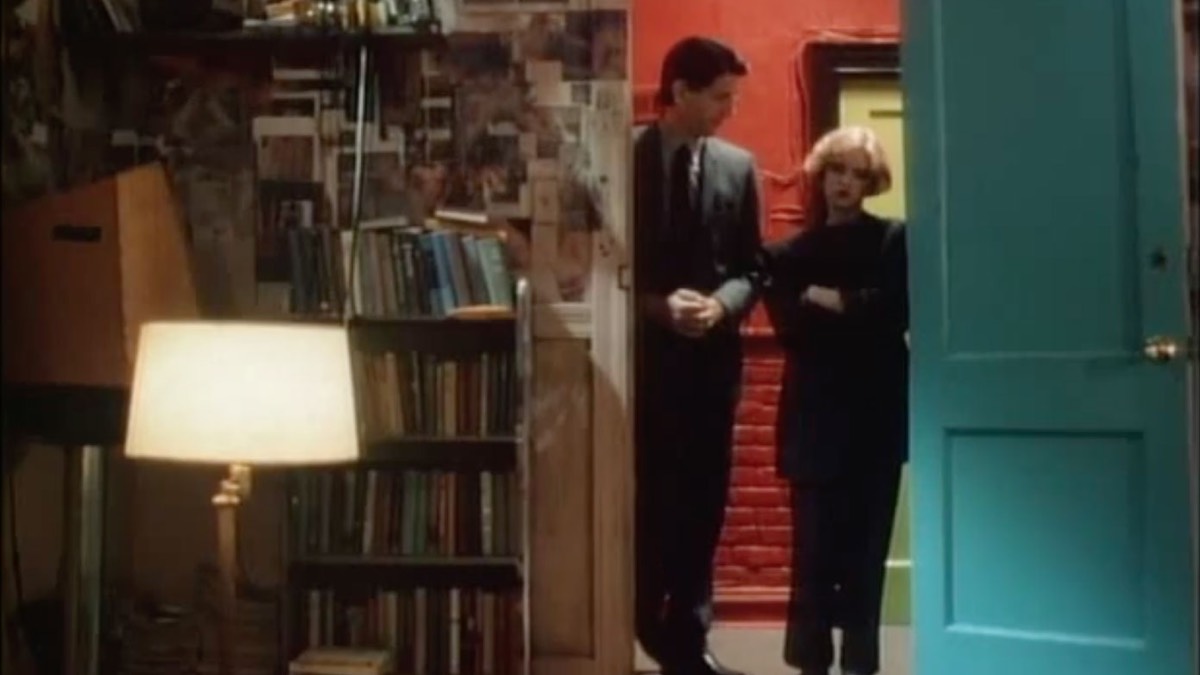
Having watched so many films this year, next year I want to get back to reading novels. Films do play into my writing practice. They show me patterns of story, character arcs, themes and dialogue, as well as feed my imagination with striking imagery and interesting locations. Fiction has these, but is the equivalent of sheet music, so it is on me as the reader to make them real in my mind, and adds all the wonders of language — point-of-view, voice, descriptions, internal experiences, and literary forms and techniques. I’m finding reading difficult again because I’ve neglected books. Reading fiction requires reading muscles, and writing fiction requires writing muscles. To get through the horrors of 2020, I’ve let both atrophy.
Fiction also provides distance. I love reading a couple of pages and stopping to look out the window, so the words can sink in. I drive the pace when I’m reading. Films are designed to be watched in one sitting, preferably in a cinema, and the pace is out of my hands. I can reflect along the way with a book. It’s a dozen hours or more of story in small chunks. After a film I have to process the whole, and if I missed a key line of dialogue, or I’m distracted for a couple of minutes, it might leave me with a completely wrong understanding. I often leave films feeling drained, physically and emotionally, especially the longer or more intense ones.
All of this is to say, I need to get a better balance of literature and film in 2021. Language is the raw material of my art. But films are still terribly important to me.
If you listen to podcasts and love films, I can’t recommend enough the Pure Cinema podcast, with Elric Kane and Brian Saur. This is one of the things that have kept me going this year. Walking the same streets every day would be so dull without their voices in my head. Similarly the Projections Podcast, hosted by Sarah Kathryn Cleaver and Mary Wild. Both podcasts have given me a film education, and all I’ve had to do is walk around my neighborhood.
It was Elric Kane’s recommendation that led me to buy the spectacularly strange Heart of Midnight (1988) DVD (it is criminally unavailable streaming). Jennifer Jason Leigh, in one of her earliest roles, plays Carol, a young woman who inherits her dead uncle’s derelict sex club. It’s weird and icky, but Leigh is superb, it has bags of ideas, the club location (The Midnight) is inspired, and by switching between reality and dreams, it has some glorious surreal imagery. It’s a cult wonder.
Equilibrium is a novella by Tonino Guerra, first published in 1967, but republished in 2020 by Moist as the first in a ‘trilogy of alienation’. A graphic designer in Milan heads to a villa on the east coast of Italy to come up with ideas for a font for a kitchen company. The abstractions of his life serve to distance him from his feelings about the second world war concentration camp he survived, but he finds himself adrift and increasingly manic in the modern world. He is fearful and neurotic, creative and successful, but he knows his work is ultimately pointless. It’s like a Charlie Kaufman film on 10x speed, because at times each line is another decision or idea that distracts him, and the reader. It reminded me of Slaughterhouse 5. The nameless protagonist is looking for some sort of equilibrium, but the forces assailing him are too powerful, and he craves the repetition of his trauma. Perhaps he finds some peace in his art.
Staying with European writers, I had another go at The Art of the Novel, by Milan Kundera — a series of essays on what he is trying to do with his novels. It’s a tough book because Kundera loves philosophy and has a deep knowledge of literature. I do not (to both). Last time I attempted it I didn’t finish the first essay, but this time I got over halfway through the book. I’m with him on celebrating life’s complexity in novels and not going the easy route, but I write (and read) because I love stories, and I love characters, whereas he loves the ideas more. His characters are almost pure ciphers for the problems he is thinking through. That’s not my bag.
As if to prove my point, I also watched The Grinch (2018) and Rare Exports: A Christmas Tale (2010). Both show the shadows of the Christmas season, but where the Grinch is (very) cute and grumpy, the Rare Exports’s Santa Claus is a giant horned devil encased in ice, and his elves are naked old men who steal children in the night. I loved the gritty portrayal of the lives of Finnish reindeer hunters. It’s an antidote to the Coca-Cola Christmases it makes fun of.
And finally, to round this mammoth post off, De Palma (2015). It was fascinating, if a bit shallow, and is simply Brian De Palma telling the stories behind every film in his filmography. The interviewers edit their questions out, and show illustrative scenes from the films, so it’s De Palma’s voice for two hours. Fortunately he’s a charismatic, likeably forceful interviewee, and is not afraid to speak his mind, which gives the film spark, but the time flies by, so it’s a whistle-stop tour, which is a shame.
Films:
- Rare Exports: A Christmas Tale (2010), dir. Jalmari Helander;
- The Grinch (2018), dir. Scott Mosier, Yarrow Cheney
- Heart of Midnight (1988), dir. Matthew Chapman
- De Palma (2015), dir. Noah Baumbach, Jake Paltrow
Books:
- Equilibrium, by Tonino Guerra, Eric Mosbacher (Translator)
- The Art of the Novel, by Milan Kundera, Linda Asher (Translator)